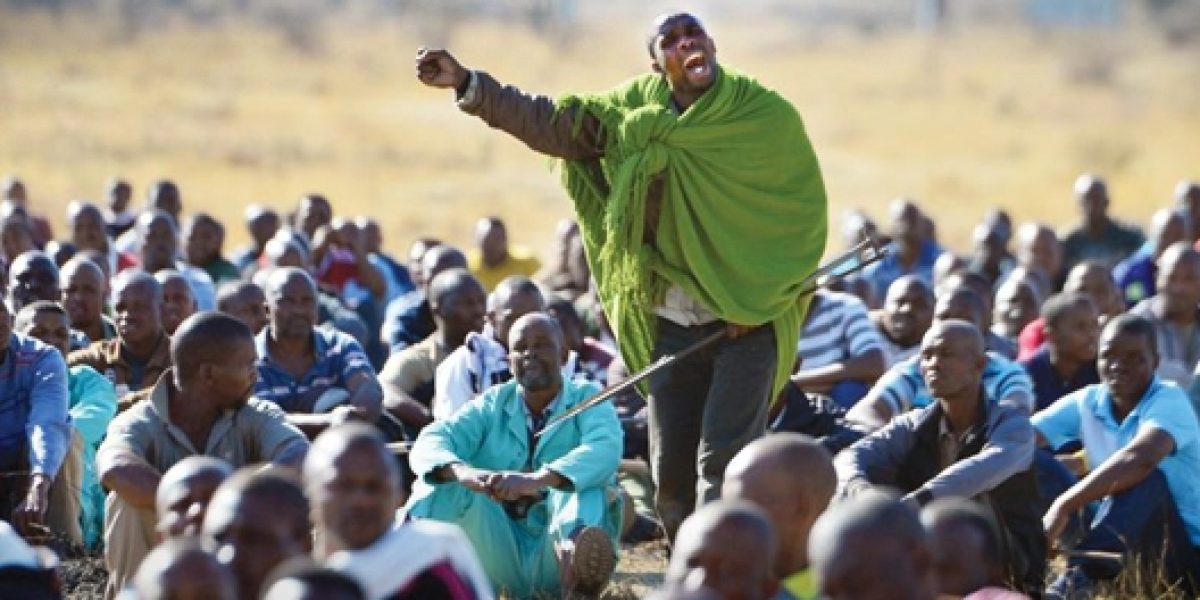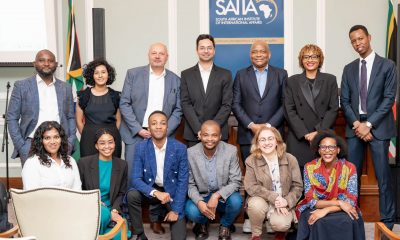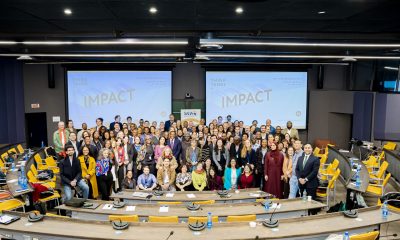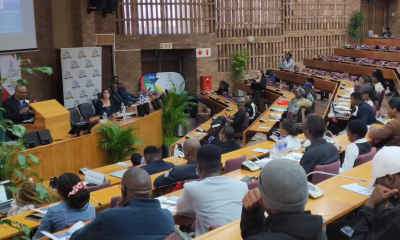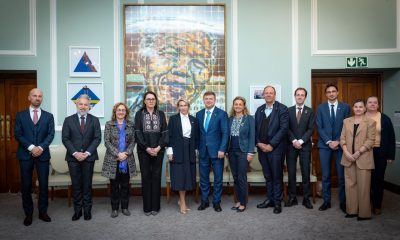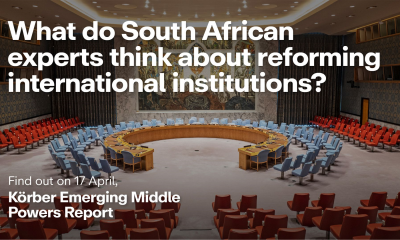The union represents about 70% of the workforce across three of South Africa’s largest platinum companies. Since its inception in January, the longest strike in South African history has cost the platinum sector over R17 billion in lost revenue.
Striking mineworkers have lost nearly R7.5 billion in wages. These are unlikely ever to be recovered, even if AMCU’s wage demands of R12,500 for entry-level workers are realised within four years. Amplats (Anglo Platinum), the largest of the affected platinum companies, is now looking to sell its assets, and strong incentives exist for companies to mechanise by switching labour for capital. Either way, the likely restructuring after the strike will mean that many workers will lose their jobs.
Strikes are clearly more costly than they at first appear, especially protracted ones like this that do not look like ending anytime soon. Other significant costs to the broader economy include gradual disinvestment by mining companies, which negatively impacts upstream and downstream sectors, along with a foregone consumption multiplier effect through wages not being cycled through the retail and services sectors.
Two previous SAIIA papers – ‘Releasing the Prisoners from their Dilemma: How to Resolve Labour Tensions in South Africa’s Mining Sector‘ and ‘Marikana as a Tipping Point? The Political Economy of Labour Tensions in South Africa’s Mining Industry and How Best to Resolve Them‘ – examined the incentives generated by institutional arrangements governing labour relations. The analysis suggested that the current battle between business and labour is best characterised by a prisoners dilemma. The way out of that dilemma in the short run is to design a profit-sharing scheme that reorients incentives for both parties toward increased productivity. That kind of thinking helped the gold sector out of its impasse in the early 1990s.
This could be one crucial dimension of forging a new social compact in the mining industry, yet neither business nor labour seems to be considering it at present. In the longer term, fundamental changes would be needed to both the Labour Relations Act and the Mineral Petroleum Resources Development Amendment Bill (currently awaiting the president’s assent to become law).
A new SAIIA paper, ‘Minefields of Marikana: Prospects for Forging a New Social Compact‘, follows on the preceding two to examine the other factors that must be addressed if a comprehensive new social compact is to be forged.
Download the Occasional Paper, Minefields of Marikana: Prospects for Forging a New Social Compact
Marikana has highlighted myriad unresolved issues, not least of which is migrant labour. Twenty years into a democratic dispensation, this economic institution remains alive and well, despite other far-reaching changes in South African politics and institutions. The paper addresses the root causes of the institutional persistence of the migrant labour system. It concludes that despite a new constitution, the political incentives embedded in South Africa’s elite bargain remain incongruent with the imperatives of equitable social and economic transformation. BEE policies that have benefited a small elite group have served to cement this bargain. Whilst forging a new social compact is difficult, the paper argues that channels exist through which the country’s vast mineral wealth can still be harnessed to unleash pro-poor economic growth.
Related Publications
- Releasing the Prisoners from their Dilemma: How to Resolve Labour Tensions in South Africa’s Mining Sector, SAIIA Policy Briefing by Ross Harvey, December 2013.
- Marikana as a Tipping Point? The Political Economy of Labour Tensions in South Africa’s Mining Industry and How Best to Resolve Them, SAIIA Occasional Paper by Ross Harvey, November 2013.

